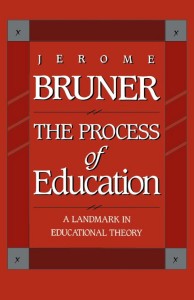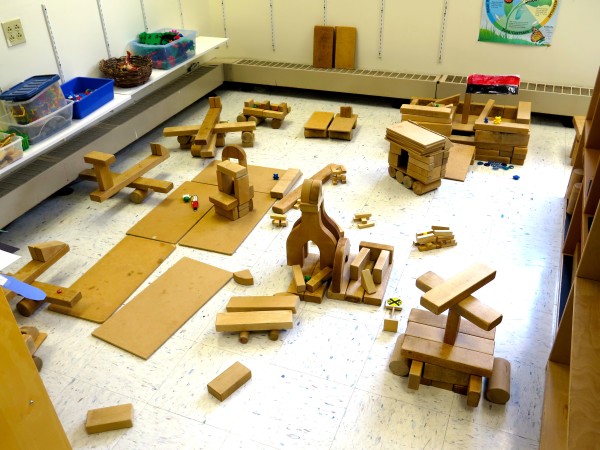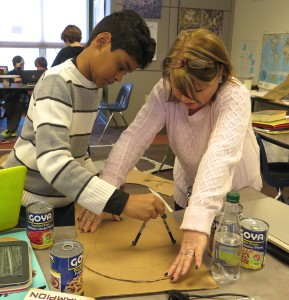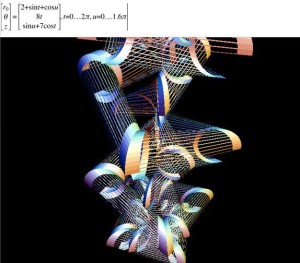 Some books, some ideas and some thinkers stay with you. They are like wells that you go back to dip into and drink from again and again. Their work sits mostly unopened on the shelf but key ideas bop into the brain as a kind of mental hat stand on which to hang new thinking.
Some books, some ideas and some thinkers stay with you. They are like wells that you go back to dip into and drink from again and again. Their work sits mostly unopened on the shelf but key ideas bop into the brain as a kind of mental hat stand on which to hang new thinking.
Jerome Bruner is such an influence.
The Process of Education landed with a resounding thump in the world of education and education policy-making when it was first published in 1960. I was too young to read it then but by the time I got to London University’s Institute of Education it was a basic text.
It has four basic themes or ideas: Structure, Readiness (and the spiral curriculum), Intuition and Motives for Learning.
The first means giving children the gift of the big picture by means of careful structuring and sequencing
The teaching and learning of structure, rather than simply the mastery of facts and techniques, is at the center of the classic problem of transfer… If earlier learning is to render later learning easier, it must do so by providing a general picture in terms of which the relations between things encountered earlier and later are made as clear as possible
The Process of Education presented children as active problem solvers who were ready to explore difficult and complicated subject matter from an early age and redefined the idea of readiness for learning. One of the most quoted sentences is:
We begin with the hypothesis that any subject can be taught effectively in some intellectually honest form to any child at any stage of development.

What Bruner had in mind of course was not pushing content on children but rather a developmentally aware respect for children’s intellectual capacities. As he wrote elsewhere Bruner saw teaching as “the canny art of intellectual temptation.”
It is here that another of Bruner’s key ideas emerges – the spiral curriculum.
In a first grade classroom this week the block corner was full of some quite unusual constructions, shapes and balanced shapes. First grade teachers Lynn and Rachel knew why.
Rachel explained that they happened after the geometry work they had been doing that week.

What? Wait – Geometry! Isn’t that a high school subject?
And then in the middle school sixth grade students were delving into the problems of creating their Canstruction – designing a yet-to-be-publicly-revealed structure to be entered in the CanstructionJr Hudson Valley competition at the Poughkeepsie Galleria in February.Read more here.
Setting the right size circle base for a ring of cans is a challenge.
This is Bruner’s spiral curriculum at work.
A curriculum as it develops should revisit these basic ideas repeatedly, building upon them until the student has grasped the full formal apparatus that goes with them.
For sure the geometry learning introduced in first grade and made visible in the block corner will be an early stage in a spiral that may culminate in analytic geometry in high school.

It’s a process of deepening understanding and in ever more formal and abstract ways. It’s about fundamental principles and making connections. The basic big ideas are there from the start.
And – if we’ve done it right – the learning will keep on going beyond graduation. Or at the very least stay known and solid and not abandoned as “forgotten” for-school-only-information.
Bruner described intuition as “the intellectual technique of arriving at plausible but tentative formulations without going through the analytical steps by which such formulations would be found to be valid or invalid conclusions.” There are times when you just can’t “show your work” because you don’t actually know and can’t describe how you got there.
Yet.
Ask any teacher who listens to kids: Learners frequently make leaps above their level – what Bruner called “graspings”. In my mind’s eye I see hands reaching up to catch hold of high branches – not in desperation for fear of falling but rather in excitement at being so aloft and making sense of the unknown. Good schools create conditions for such learning to flourish. They are structured for intellectual growth, deepening understanding and spontaneity.
The final theme is motivation.
Ideally, interest in the material to be learned is the best stimulus to learning, rather than such external goals as grades or later competitive advantage.
In an age of increasing spectatorship, he wrote ” … motives for learning must be kept from going passive… they must be based as much as possible upon the arousal of interest in what there is be learned, and they must be kept broad and diverse in expression.”
Bruner wrote The Process of Education following a (1960) a ten-day conference of thirty-five scientists, scholars, and educators, convened by the National Academy of Sciences through its Education Committee. The intention was to discuss how science education might be improved. This was after all the post-Sputnik-shock years.
Bruner’s book conveyed the conviction that the intellectual activity of the child is no different in kind than the intellectual activity of an expert working at the frontier of knowledge. The difference is one of degree, not kind.
Intellectual activity anywhere is the same, whether at the frontier of knowledge or in a third-grade classroom. What a scientist does at his desk or in his laboratory, what a literary critic does in reading a poem, are of the same order as what anybody else does when he is engaged in like activities—if he is to achieve understanding. The difference is in degree, not in kind. The schoolboy learning physics is a physicist, and it is easier for him to learn physics behaving like a physicist than doing something else.
And this is how teachers (and program activities) confer respect the intellectual work of young learners. They are not doing (meaning in this instance the passive reception of the transfer of information) science, math, reading or history – they are scientists, mathematicians, readers and historians.
Bruner wrote two follow-ups: Towards a theory of instruction (1966) and The Relevance of Education (1971) which showed the evolution of his thinking and his own self-assessment. And they need revisiting too. All just a fraction of Bruner’s major contributions to educational thinking. In The Culture of Education (1996) he turned his attention to how culture shapes the mind and to the influences on learning from beyond the walls of schooling.
Jerome S. Bruner – a giant in the life of the mind and a voracious learner – is in his 100th year. He is still listed as a Senior Research Fellow in Law at New York University.
Stay Curious



1 thought on “Stay Curious”